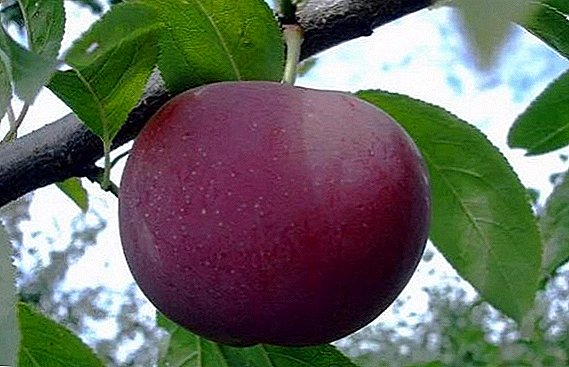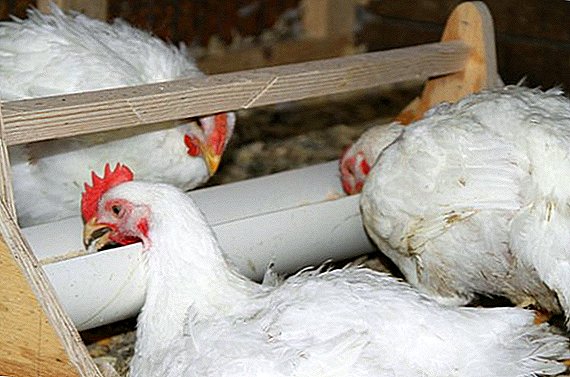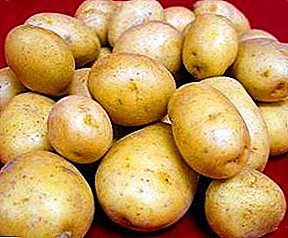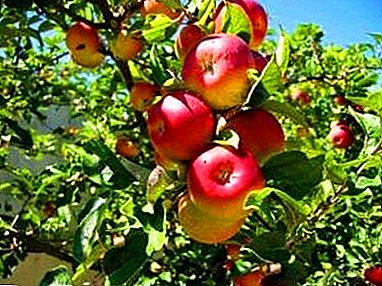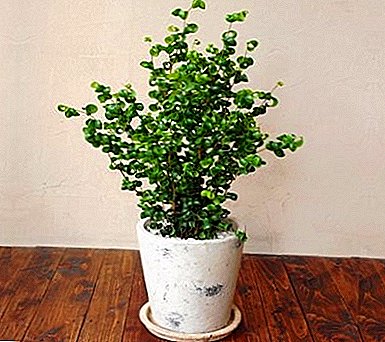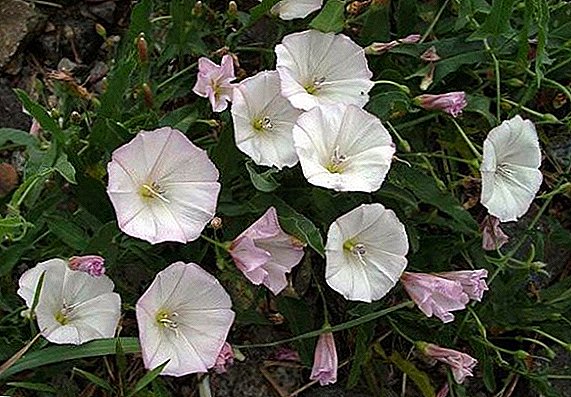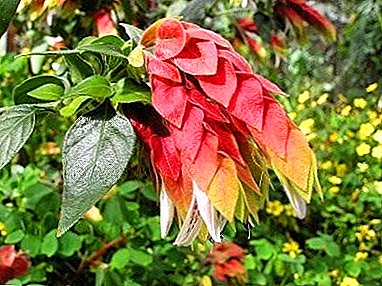
Beloperone is sometimes called room hops, because its tops really resemble hoppy cones.
Although the white operone is similar to a plant that is very popular in Russia, it was brought from Mexico.
Botanical description
Beloperone is a perennial flowering plant of the genus Justice, of the Acanta family, numbering about 60 species. It has the form of a branching shrub, less commonly a shrub.
Stems are slightly branched plants, which are characterized by weak lignification. The leaves are large, slightly lowered, located along the entire length oppositely. The shape of the leaflets are egg-shaped, arrow-shaped and elliptical.
On shoots up to 1 meter in length, symmetrically located spike-shaped inflorescences of yellow, yellow-red, or bright pink color are found. The inflorescence consists of bracts with rolling from green to red, resembling hop cones in shape.
Flowering lasts from 6 to 10 months, depending on the species. The stability of the flowers is insignificant, the bright bracts bear the main decorative function of the plant.
Natural habitat - South America.
REFERENCE! Beloperone is popularly called "crayfish" or "room hops".
Flower types
Drip
Drip - most often found in home floriculture. Originally from Mexico, for which he has a second name - "Mexican Beauty". Leaves ovate, down. Two-lipped flowers of delicate cream shades grow on the tips of the sprouts from the sinuses of large reddish bracts.

Variation
Kind of drip white beperone; reaches a height of 80 cm. The shrub is abundantly branched, has drooping shoots, ovate-pointed slightly dipped leaves. Bracts red, white flowers. Differs the possibility of continuous flowering.
Gilded
Known by another name Justice Plumbagolist. Homeland plants - Brazil. Low branched semishrub, up to 50 cm high. Leaves slightly pointed, leathery, lanceolate. The flowers are purplish-red in color and have a length of up to 5 cm. They are collected in axillary inflorescences.
Plumbagolist
Homeland of this species is not Mexico, but Brazil. The stem of this whiteperone is straight, the tips of the leaves are slightly pointed, the bracts are lanceolate, and the flowers are distinguished by a purple tone.
How does the photo look like
Its root system is very thin. Roots can be longbut in their structure they are very fragile.
The stem is green. In adult plants brown peeling may occur.
The leaves are opposite and have a slightly elongated oval shape. Their color is bright green and they are slightly down.
The flowers are white, but they are closed by bright bracts in the inflorescence. Their shade can be pink-yellow, burgundy or red-orange.





How to properly care at home?
Planting in a new pot can be done at any time of the year. If you are looking for the most suitable period, it is better to do it in spring.
If you want to transplant Beloperone, do it immediately after purchase. Prepare the soil in advance and handle the root system very carefully. Do not forget that you have to replant the plant every spring. If it grows too active, it should be done a couple of times in twelve months.
Ideal soil should be from two-fifths of turf and leaf land, as well as from one-fifth of peat and the same amount of sand mixture and humus. In the mixture should be added a little bone meal.
The pot needs to pick up average in size. If the home hops grow, use another container.
Watering in the summer season should be moderate. Pamper the plant with water in winter rarely needed. Land in a pot between watering should be only slightly wet.
High humidity is not required. At least once a week, the leaves need to be watered.
Heat hops do not like. Maximum summer temperature - about twenty degrees, and winter - not more than seventeen, but not less than eleven.
As for the lighting, A scattered but bright light fits. Direct rays are not suitable. The optimal place is near the window on the east side.
At high temperatures, whiteberry should be fertilized. no more than once in thirty days. The rest of the time is enough two times, although in the winter period it is possible three times.
Blossoms whiteperone almost constantly. If the process suddenly stopped and does not resume for a long time, you need to remove old flowers in winter. The plant can be called a perennial. It can live very long. It is advisable to rejuvenate it during life by separating young stem cuttings.You need to cut only the flowers, if they are dried, and the stems, if they have become very long.
Step-by-Step Breeding Instructions
 Cuttings - reproduction takes place from January to August:
Cuttings - reproduction takes place from January to August:
- young shoots cut into cuttings 10-15 cm
- the cut is treated with growth solution
- cuttings are planted in a container with a sand-peat mixture, plentifully watered and covered with glass or plastic wrap
- after 40-50 days, the cuttings can be transplanted into a permanent pot
IMPORTANT! Maintain the temperature at a level of 20-25 ° and abundantly water the cuttings with warm water.
Seeds - sowing is done in late February - early March:
- before planting, seeds are soaked for two days in warm water
- the tank is filled with soil (sheet earth and sand - 4: 1)
- the seeds are evenly distributed over the surface and covered with a small amount of substrate
- grown seedlings transplanted into pots
Growing problems
Problems with the flower arise from improper care:
- overdrying or excessive soil moisture
- overfeeding with fertilizers
- insufficient lighting, especially in winter
- violation of temperature
- lack of airing
Pests and diseases
Most often room hops suffer from whitefly. In this case, the use of insecticide and cutting off the damaged areas is necessary. Sometimes spider mites and aphids attack beloperone. They are destroyed with a solution of tar soap and water.
A plant can have these problems:
- Yellow hue inflorescences. It is necessary to add light. If the weather is not sunny, a lamp will do.
- Winter leaf fall. And in this case, whitefish requires light.
- Lengthening the stem. Need to move the pot to cool.
- Yellow on the leaves. Soil replacement required. Fertilizers are also required.
- Black leaves near inflorescences. Try not to pour water on them.
Beloperone - charming plant
Almost constant flowering, medium size, a small number of requirements - that's what pleases the room hops.
In order for whiteperone to enjoy a combination of beautiful flowers and inflorescences of bright colors, it is worth remembering only the basic rules of care.



